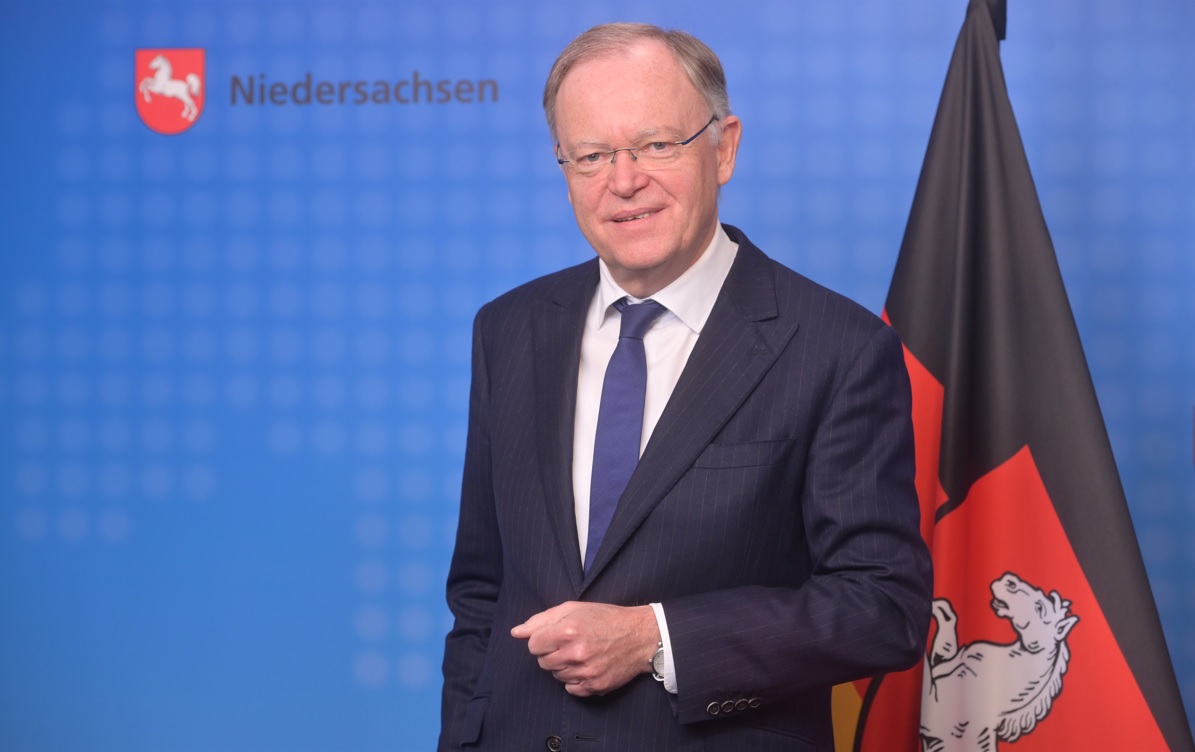Residents of the province of Utrecht have the highest income in the Netherlands
PROVINCE OF UTRECHT – Households in the province of Utrecht have an average disposable income of the Netherlands: 48,000 euros per year. For the Netherlands this is on average 44,400 euros. This is evident from the State of Utrecht a database that started in the housing, insight and living environment of the 26 municipalities in our province.
Of the municipalities within the province of Utrecht, residents of the municipalities of De Ronde Venen have the highest disposable income: 57,200 euros. Residents of the municipalities of Utrecht (40,900 euros), Nieuwegein (44,100 euros) and Veenendaal (45,100 euros) earn the least on average. On average, residents of the province of Groningen have the lowest income in the Netherlands (36,500 euros).
Expenditure income refers to gross income less paid income transfers, premiums, income insurance, health insurance premiums and income and assets.
Population growth
The province of Utrecht will continue to grow until 2050, the report showed. Economically, but also in terms of population. Forecasts indicate that the total population in the Netherlands will grow in 2050. Of the completion of 18.5 million inhabitants, in 2050, 7.9 percent will come from the province of Utrecht. There are more than 1.3 million inhabitants and according to the forecast of the Netherlands Environmental Assessment Agency and Statistics Netherlands, this number will rise to almost 1.5 million by 2050.
Processing that a (slight) contraction is expected for four municipalities. These are IJsselstein, Montfoort, Lopik and De Bilt. The municipalities that are expected to grow the most are Woudenberg, Renswoude, Utrecht and Bunschoten.
aging
According to the Netherlands Environmental Assessment Agency, aging will take place everywhere in the Netherlands, but at the edges of the Netherlands it is happening faster than in the Randstad. Regional differences are expected to widen and then lose again.
The age structure in an area says something about the extent to which there is labor potential and facilities must be available for children (education, care) and the elderly (care, housing). The Netherlands Environmental Assessment Agency (PBL) presents the following continuation of one of the important structural trends at the moment. In particular, the smaller ones in the province of Utrecht have to deal with in the province. Gray pressure is high in the municipalities of Utrechtse Heuvelrug, De Bilt and Baarn.
In 2030, about a quarter of the inhabitants of a smaller municipality will be 65 years of age, compared to 15 percent in the large cities. It is true that there are more elderly people in the city, but the rate of aging is significantly slower than in the smaller municipalities. Of the four major cities in the Netherlands, Utrecht (city) is the least aging. Utrecht will still be the least gray city in 2035, with 17 percent of people over 65, compared to about 20 percent in other large cities.
Also read: Province look at the status of the corona crisis: a lot of loss, but strong times ahead
Do you have a tip for a comment? Send us your news of photo via whatsapp or mail to [email protected].




